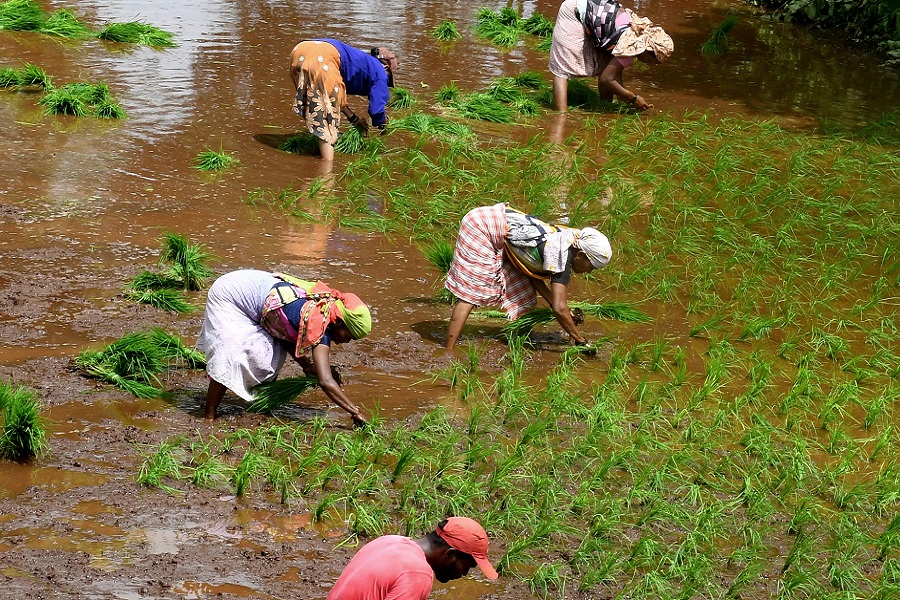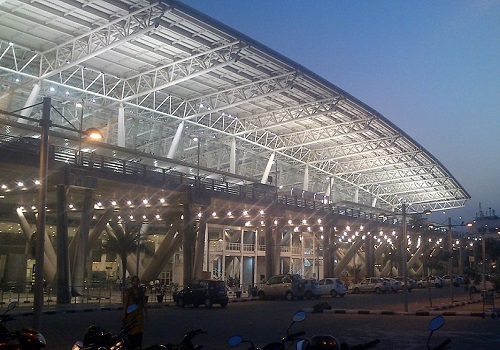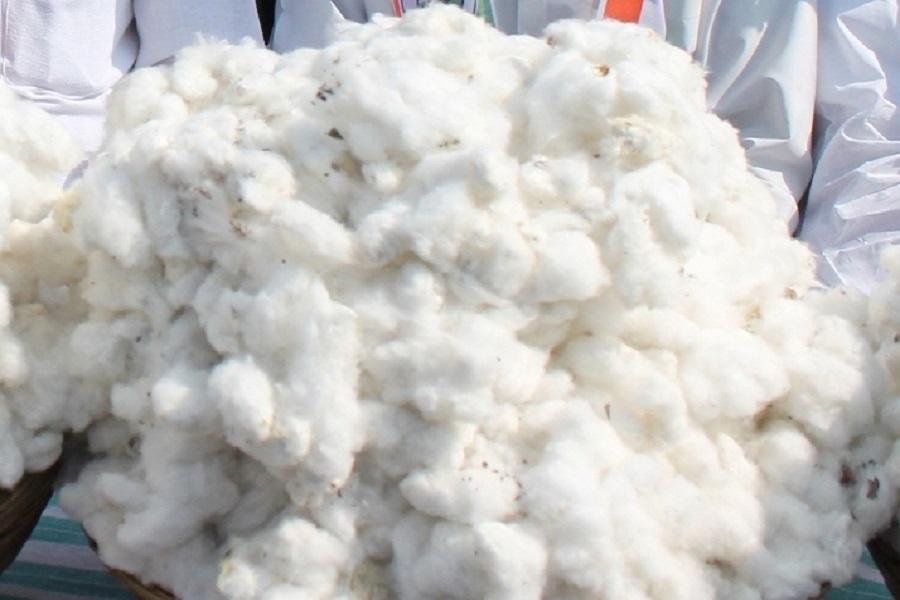Kharif Sowing Slows Amid Uneven Monsoon, Acreage Still Up by Amit Gupta, Kedia Advisory

India’s kharif sowing has seen a slowdown due to uneven rainfall—deficits in the South and East and excess rain in Central and North-Western regions. As of July 11, total coverage reached 597.86 lakh hectares (lh), up 7% from last year despite the weekly dip from 180 lh to 160 lh. Paddy and pulses acreage rose sharply, but soybean, arhar, and cotton lagged. Monsoon rainfall remains 9.5% above normal overall, but regional imbalances pose risks. Officials remain optimistic but caution that September rains will be crucial for oilseeds and pulses. Sugarcane sowing is steady, while jute acreage dipped slightly.
Key Highlights
* Kharif sowing up 7% year-on-year despite slowdown.
* Uneven monsoon: surplus in Central India, deficit in East/South.
* Paddy and pulses acreage jumped; soybean and cotton declined.
* IMD reports overall monsoon 9.5% above normal till mid-July.
* Officials warn September flooding could hurt oilseeds, pulses.
India’s kharif sowing progress has slowed in the week ending July 11, with coverage dipping to 160 lakh hectares (lh) from 180 lh the previous week, as erratic monsoon patterns created weather challenges for farmers. However, the broader sowing performance remains healthy, reaching 597.86 lh so far this season—7% higher than the same period last year.
Commodity-wise, paddy sowing rose sharply by 10.6% to 123.68 lh, signalling strong prospects for India’s staple cereal. Pulses acreage saw a significant boost of 25.7%, driven by a surge in moong (green gram) area. Meanwhile, oilseeds acreage slipped by 2% mainly due to an 8% drop in soybean coverage to 99.03 lh, though groundnut gained 18% to 32.99 lh. Cotton sowing also fell by 2.5% to 92.83 lh.
Uneven rainfall has been a key driver behind this mixed performance. According to the IMD, India’s overall monsoon rainfall is 9.5% above normal so far, but this masks regional variations. Central and North-Western India have seen very heavy rains—Madhya Pradesh recorded 108% above-normal rainfall in early July—while parts of the South Peninsula and East/North-East India continue to suffer significant deficits.
On the sugarcane front, sowing appears complete with an area of 55.16 lh, slightly up from last year. Jute and mesta coverage slipped marginally by 2.1%. Officials have expressed optimism for a robust harvest but stress that any excessive rain or flooding in September could damage oilseeds and pulses.
In conclusion, While the season remains ahead overall, timely and balanced monsoon rains will be critical to safeguard yields and ensure a healthy kharif output.
Above views are of the author and not of the website kindly read disclaimer










Tag News

Silver Near $80 on Supply Tightness, Rate-Cut Bets by Amit Gupta, Kedia Advisory













